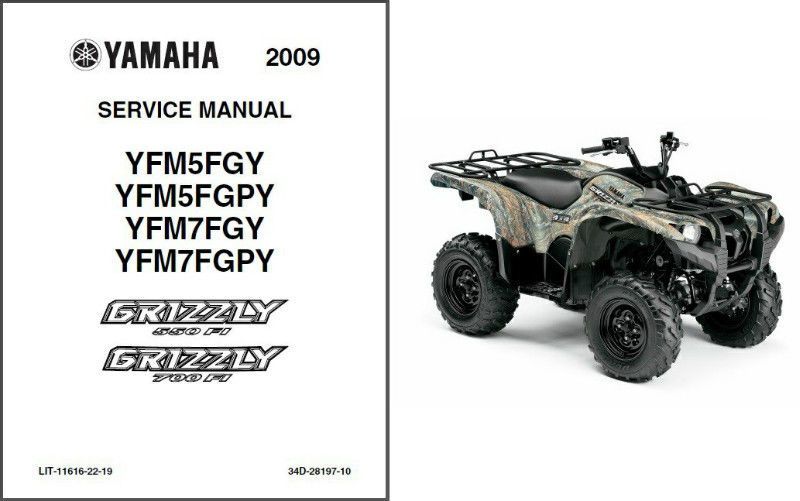Locate the VIN number on the frame of the ATV. This number is usually found near the front end of the vehicle on the left side under the shift lever. The title of the ATV will also have the VIN number on it.
When you find the Yamaha Model Identification Number on an ATV, you can use charts to help decipher it. The VIN is positioned at the bottom of the Yamaha ATV on the frame. You will have to check to locate it, and your ATV may have nerf bars mounted which will make finding the stamp’s code difficult. Also, don’t mistake the engine number, which is located on the engine, for the vehicle identification number.
Where is the VIN number on a Yamaha Raptor? Yamaha Raptor VIN can be found stamped into the left, frame rail, just beneath the shifter.
Where is the VIN number on a Honda ATV? The VIN or frame number position does vary with each ATV make and model so care and effort should be taken when trying to locate it. They are often covered in mud dirt and rust. Suzuki ATV quad bike frame vin numbers are located on the rear frame rail. Honda ATV frame numbers are located in the front, on a flat plate behind the bumper.
What is the VIN number on a Yamaha ATV? Like many legal passenger vehicles, Yamaha ATVs have a 17-digit VIN or Vehicle Identification Number.
Table of Contents
Read the tenth digit. This digit represents the year that the ATV was made. For example, A=1980, B=1981, Y=2000, 1=2001, 9=2009 and A=2010. This letter or number can repeat (the “A,” for example), but the codes of the other digits in the VIN allow you to know in which year the ATV was made.
The first group of three numbers and letters in a VIN make up the world manufacturer identifier (WMI). In this group, the first digit or letter identifies the country of origin. The third digit, when combined with the first two letters or numbers, indicates the vehicle’s type or manufacturing division.![]()
Where can I find my Motorcycle VIN? Motorcycle VINs are usually stamped into the steering neck of the motorcycle. This is located just behind the front forks, behind the headlight (if equipped).
The Vehicle Identification Number (VIN) of your Polaris ATV is a unique number used to identify your vehicle. It is stamped on the frame of your ATV. On vehicles from 1997 and newer, the VIN is 17 digits.
The first group of three numbers and letters in a VIN make up the world manufacturer identifier (WMI). In this group, the first digit or letter identifies the country of origin. The third digit, when combined with the first two letters or numbers, indicates the vehicle’s type or manufacturing division.
– Examine the first digit of the VIN number to find the manufacturer country of origin.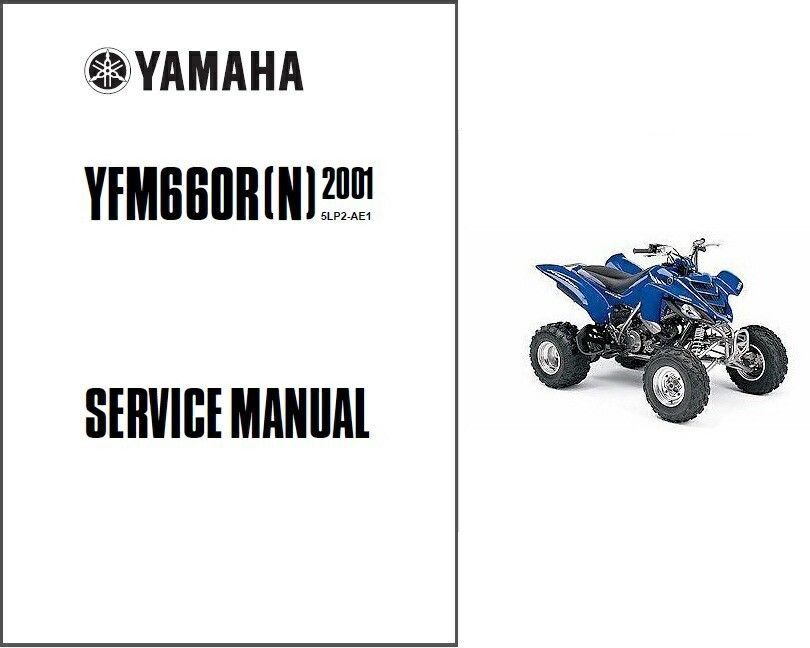
– Find the second digit in the VIN number sequence to determine the manufacturer of the vehicle.
– Read the third character in the VIN number sequence to find out the vehicle type.
Check that the 10th digit matches the year of manufacture. From 2000 onward, it is a number, and before 2000, it is a letter. For example, a 1998 model will have the letter W in the 10th position. Determine the plant where the ATV was made with the 11th digit.
Every car has a unique number called VIN (Vehicle Identification Number) that is used to identify in which month and year that particular model is manufactured. The VIN is an alphanumeric code and you cannot tell the manufacturing month and year simply by looking at it.
– Locate the VIN on your Yamaha.
– Decode the meaning of your Yamaha motor vehicle VIN by breaking down the unique pattern of numbers and letters.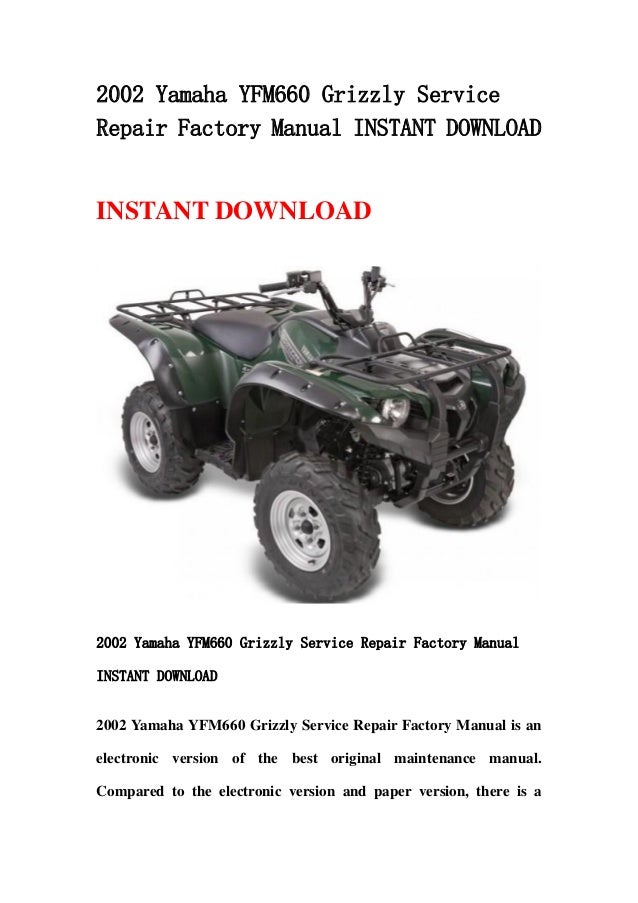
– Locate the third VIN digit.
– Notice VIN numbers four through eight.
– Observe the ninth figure on the VIN.
– Look at the 10th figure of the VIN.
– Locate the VIN on your Yamaha.
– Decode the meaning of your Yamaha motor vehicle VIN by breaking down the unique pattern of numbers and letters.
– Locate the third VIN digit.
– Notice VIN numbers four through eight.
– Observe the ninth figure on the VIN.
– Look at the 10th figure of the VIN.
– Digits 1 through 3 combined is the WMI, (World Manufacturer Identifier).
– Digits 4 through 8 represent the vehicle descriptor section.
– Digit 9 is a check digit.
– Digits 10 through 17 is the Vehicle Identifier Section.
– The 11th digit is the manufacturer’s plant code.
Read the tenth digit. This digit represents the year that the ATV was made. For example, A=1980, B=1981, Y=2000, 1=2001, 9=2009 and A=2010.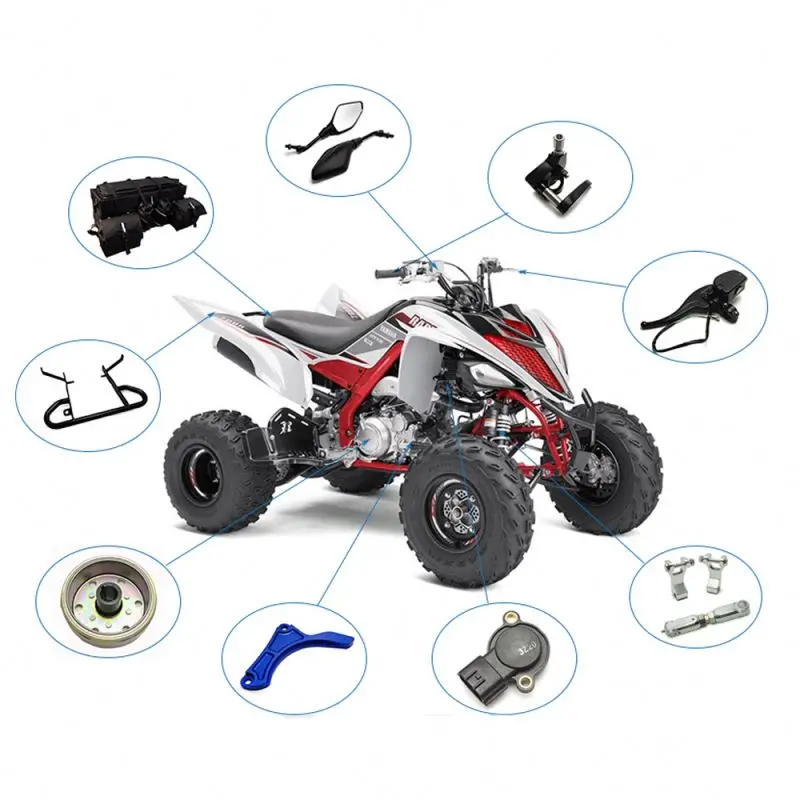 This letter or number can repeat (the “A,” for example), but the codes of the other digits in the VIN allow you to know in which year the ATV was made.
This letter or number can repeat (the “A,” for example), but the codes of the other digits in the VIN allow you to know in which year the ATV was made.
– The first character is the country code.
– The second digit is the manufacturer.
– The third character is a code for what the vehicle is.
– The fourth through eighth characters represent the engine size, engine type, and model.
Last updated:
Every vehicle produced since 1981 has a unique vehicle identification number, or VIN for short. A VIN contains data specific to the vehicle it is attached to including the year the vehicle was manufactured. The 10th digit of every VIN represents the year the vehicle was made. Here is a simple VIN year chart to help you decode the year your vehicle was manufactured in.
The letters I (i), O (o), Q (q), U (u) and Z (z), as well as the number zero, are never used on a VIN because they can be confused with other digits. You may have noticed that some digits repeat, this is because the 10th digit of the VIN is re-used every 30 years.
Match the 10th digit of your vehicle’s VIN to the VIN year table below to find out what year it was made. I hope you find this 10th digit VIN decoder chart useful. Learn more about your ATV VIN number.
| Code | Year | Code | Year | Code | Year | Code | Year | Code | Year | ||||
|---|---|---|---|---|---|---|---|---|---|---|---|---|---|
| A = | 1980 | L = | 1990 | Y = | 2000 | A = | 2010 | L = | 2020 | ||||
| B = | 1981 | M = | 1991 | 1 = | 2001 | B = | 2011 | M = | 2021 | ||||
| C = | 1982 | N = | 1992 | 2 = | 2002 | C = | 2012 | N = | 2022 | ||||
| D = | 1983 | P = | 1993 | 3 = | 2003 | D = | 2013 | P = | 2023 | ||||
| E = | 1984 | R = | 1994 | 4 = | 2004 | E = | 2014 | R = | 2024 | ||||
| F = | 1985 | S = | 1995 | 5 = | 2005 | F = | 2015 | S = | 2025 | ||||
| G = | 1986 | T = | 1996 | 6 = | 2006 | G = | 2016 | T = | 2026 | ||||
| H = | 1987 | V = | 1997 | 7 = | 2007 | H = | 2017 | V = | 2027 | ||||
| J = | 1988 | W = | 1998 | 8 = | 2008 | J = | 2018 | W = | 2028 | ||||
| K = | 1989 | X = | 1999 | 9 = | 2009 | K = | 2019 | X = | 2029 |
MegaZip
Search Order 0 pcs in the basket 0 r.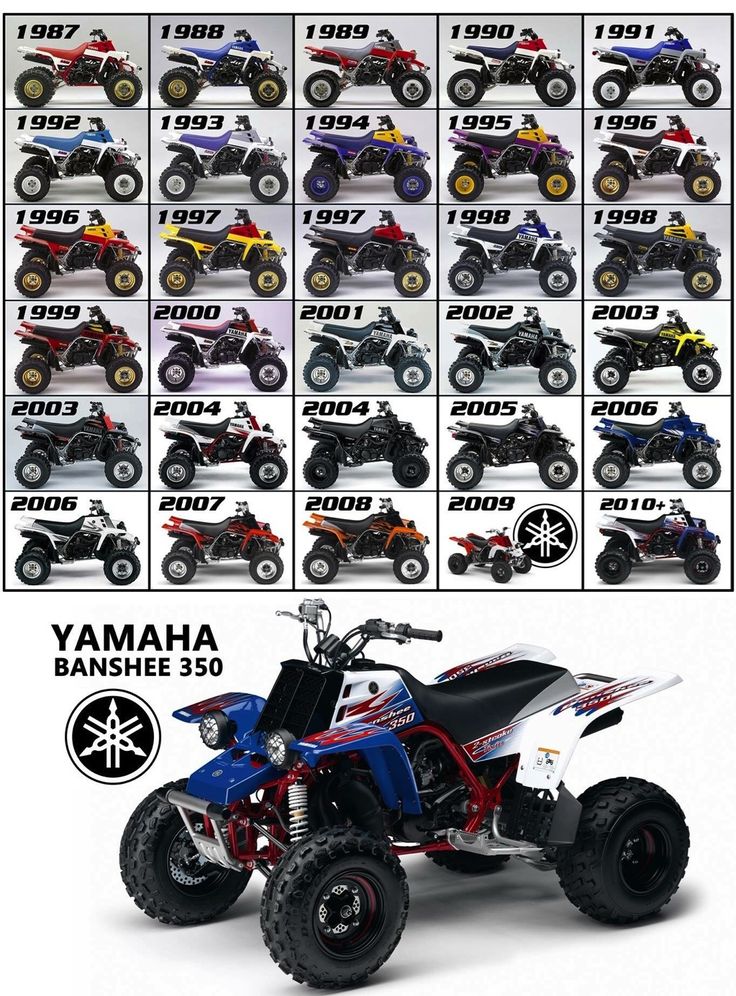
All the girls in the little Peugeot do it...
Everyone looks up the VIN from time to time. And not only in Peugeot, but also in Toyota, Nissan and even in a big black Mercedes. Sometimes you can find it right away, and sometimes you have to work hard. After all, the treasured tablet is sometimes hidden in the most unexpected places. Therefore, my article will be useful to all those who are faced with the search for VIN for the first time, and especially to the beautiful half of humanity.
For lovely ladies driving:
For brave ladies on bikes:
Experienced VIN searchers will smile, many will say: “Yes, we know it all!”.
“Well, great!” I will answer. Feel free to put a finger up, share the article with friends, familiar motorcyclists and autoladies, and then wow!!! CLICK HERE AND WE ARE IN THE CATALOGS OF SPARE PARTS!
If you decide to refresh your knowledge or just switch your thoughts from everyday worries and read - welcome under the cut!
VIN (Eng. Vehicle Identification Number) is a unique vehicle code consisting of 17 characters. The code provides information about the manufacturer and characteristics of the vehicle, as well as the year of manufacture. The structure of the code is based on ISO 3779-1983 and ISO 3780 standards. Identification numbers are applied to integral parts of the body or chassis and on specially made number plates (nameplates).
Vehicle Identification Number) is a unique vehicle code consisting of 17 characters. The code provides information about the manufacturer and characteristics of the vehicle, as well as the year of manufacture. The structure of the code is based on ISO 3779-1983 and ISO 3780 standards. Identification numbers are applied to integral parts of the body or chassis and on specially made number plates (nameplates).
In other words, VIN (hereinafter we give the term more commonly used in the Russian Internet - VIN) is a set of characters that identifies a car or motorcycle and tells all the information about it. Each vehicle is assigned its own unique code, which is not repeated on other vehicles. Like a human DNA code.
And here they are - special number plates:
Yes, I would like to separately note that in place of the VIN code your vehicle may have a body (frame) number. It usually consists of 10-13 characters and looks like this on a car plate:
It usually consists of 10-13 characters and looks like this on a car plate:
or like this on a motorcycle:
The frame number, like the VIN, serves to identify the equipment, although it carries less information . The characters in this number are written with a hyphen. The first part carries information about the type and brand of the vehicle, and the last 5-8 digits indicate the serial number (the order in which the equipment left the assembly line).
Body/frame number mostly found on vehicles for the Japanese domestic market. You have probably come across beautiful letters JDM more than once on loud tinted cars or in publics dedicated to drifting, tuning and various sports related topics. This abbreviation just means Japanese Domestic Market - Japanese Domestic Market.
JDM technology has a very large army of fans around the world, and Russia is no exception. On the World Wide Web you can find a lot of information, as well as fan clubs, workshops, tuning studios that have dedicated themselves to serving the style of the Japanese Domestic Market.
On the World Wide Web you can find a lot of information, as well as fan clubs, workshops, tuning studios that have dedicated themselves to serving the style of the Japanese Domestic Market.
First of all, of course, let's look at the registration documents for our equipment. For a car and a motorcycle, the PTS (vehicle passport) serves as an “identity document”. Here it is:
In this example, the VIN is indicated in paragraph 1, and in paragraph 8 it is duplicated as the body number. But there are TCPs where the VIN is affixed in paragraph 7 or 8, and in paragraph 1 (VIN) it is indicated "NONE".
If you are a happy owner of a snowmobile or an ATV and want to find the VIN, take the PSM (passport of a self-propelled vehicle) and find the item “factory number of the vehicle (frame)”:
I think everything is clear here.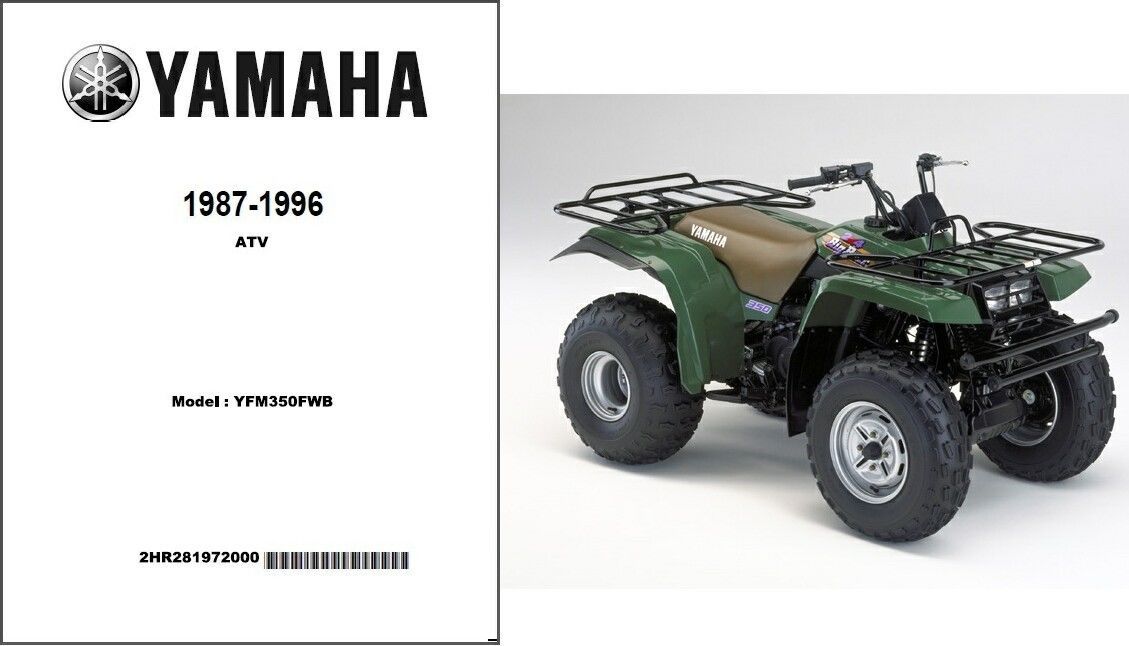 Dealt with documents. Let's learn how to look for VIN directly on the vehicle itself.
Dealt with documents. Let's learn how to look for VIN directly on the vehicle itself.
CARS
Depending on the country of manufacture, the identification number may be located differently. As a rule, the VIN is duplicated in different places or can even be applied to all the main elements of the body. This makes it easier to find it and at the same time more reliably protect equipment from illegal actions.
VIN can be stamped either directly on the body (frame) or on a special number plate attached to the body with rivets. Most modern cars (especially for the US market) have a VIN, which is located in a special window under the windshield. It can be seen without opening the hood:
The number is usually duplicated on a sticker that can be found on the pillar or threshold in the driver's door opening.
VIN is often marked on an iron plate located under the hood in a conspicuous place:
Or stamped directly on the car body in the place of the partition between the engine compartment and the passenger compartment:
On cars with a frame body structure, VIN is often applied to the side members:
Another common place is on the floor in front of the driver's seat .
Move the seat as far back as possible and fold down the mat:
0003
On some vehicles, the VIN plate is in the trunk, in the spare wheel compartment:
MOTORCYCLES
also on the right)
In the place of the steering joint, the VIN is knocked out directly on the frame:
And duplicated on the plate:
Some manufacturers (BMW, in particular) place the VIN on their bikes a little differently:
and like this:
VIN on maxi scooters is usually stamped on the frame, as shown:
ATVs
Here are the most popular places:
On the plate under the seat:
On the frame behind the front wheel:
At the bottom of the frame:
Front of the frame:
0003
On the CVT housing:
SNOWMOBILES
Traditionally, the VIN is stamped on snowmobiles on the frame on the right side of the tunnel, there is also a plate on which the identification number is duplicated.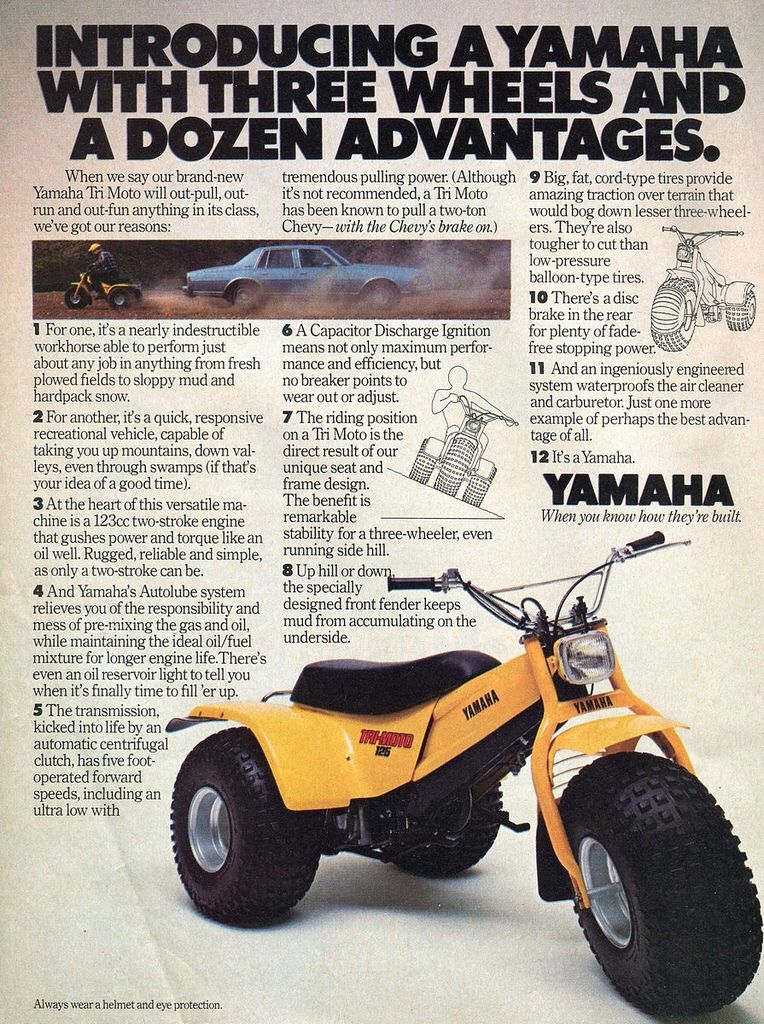 In addition, on many models, the coveted combination of letters and numbers can be found under the seat.
In addition, on many models, the coveted combination of letters and numbers can be found under the seat.
On the “tunnel” on the right:
Under the snowmobile seat on the plate:
Now that we have clearly familiarized ourselves with the locations of the identification number, I offer a small life hack to find the treasured place. As a rule, each user manual begins with pictures showing where the numbered units of the equipment are located. If you have such a booklet in printed and electronic form (you can find it on the World Wide Web) - open the first pages, look at the indicated place, and voila - the quest is completed!
Here's how it looks in my manual:
In place A we move the driver's seat back, bend the mat (maybe you will need to open the cover) and see the VIN, which is stamped directly on the body; in place B, open the hood and find the VIN on a metal plate.
BACKGROUND
The identification number can reveal a lot of useful information about a vehicle. Before buying, the future owner will be able to find out the real mileage, the number of former owners, find out if the equipment was involved in an accident, if it was stolen, and if there are any restrictions on registration actions.
Currently, it is possible to scan and recognize codes using both special scanners and various mobile applications that use the camera. You can also check by VIN code using one of the many online services.
SELECTION OF PARTS AND ACCESSORIES
It's no secret: in the search and selection of spare parts, the identification number is assistant No. 1.
It allows:

If you find it difficult to do this or want to save precious time, please write to our technical support.
Thank you for reading to the end, I'm sure the article was useful to you!
Moscow Kazan Krasnodar Novosibirsk
YAMAHA's history of conquering harsh off-road terrain began with the appearance in 1980 of a Tri-Moto three-wheeled motorcycle with a two-stroke engine of 123 cubic centimeters. From birth, he had the features inherent in many descendants: large and wide wheels for less ground pressure and better maneuverability, an engine intake tract equipped with a snorkel, CDI digital ignition and a five-speed gearbox. This tricycle was destined to become a workhorse (with such a volume, rather a pony) or a sports and entertainment projectile.
The first YAMAHA Tri-Moto model was generally successful, which led to further development of the direction and the appearance in 1983 of the Tri-Moto 225DX all-terrain vehicle.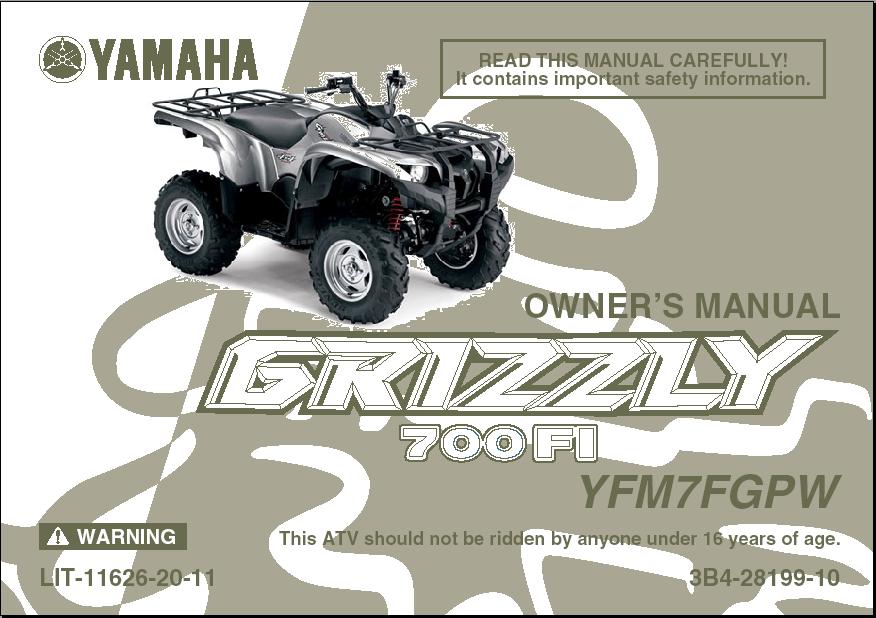 When designing an improved version, the shortcomings of the previous model were taken into account. YAMAHA Tri-Moto 225DX received a larger four-stroke engine, a rear monoshock, a telescopic fork and, for the first time in the ATV world, a cardan drive and an electric starter. Here already the award has definitely found a hero, 225DX has become very popular with buyers and a role model for many other manufacturers.
When designing an improved version, the shortcomings of the previous model were taken into account. YAMAHA Tri-Moto 225DX received a larger four-stroke engine, a rear monoshock, a telescopic fork and, for the first time in the ATV world, a cardan drive and an electric starter. Here already the award has definitely found a hero, 225DX has become very popular with buyers and a role model for many other manufacturers.
YAMAHA began to release new models every year, experimenting and studying customer requests. So in 1984, the first ATV for children and teenagers appeared - Tri-Zinger, which quickly found its audience. The small displacement of just 59cc is complemented by a fully automatic transmission, while an adjustable speed limiter and kill switch provide the right combination of safety and comfort for the young rider's parents.
Finally, in 1985, a significant moment occurred - along with the already familiar three-wheeled YAMAHA Tri-Z 250, the first four-wheeled all-terrain vehicle YFM200 (aka Moto-4) came out. Among the innovations of this particular model are centrifugal clutch, reverse speed in the gearbox and convenient trunks for carrying cargo in front and behind.
Among the innovations of this particular model are centrifugal clutch, reverse speed in the gearbox and convenient trunks for carrying cargo in front and behind.
Almost from the moment the new four-wheel layout was introduced, the then classic three-wheel layout began to disappear. This is primarily due to the fact that, under the same conditions, an ATV is much more stable and more load-bearing than a tricycle.
And that's when the YAMAHA volcano of abundance woke up, on the wave of consumer interest, several different models of ATVs entered the market every year. In 1986 - the first YAMAHA 4-Zinger ATV for children and teenagers, using the constructive developments of the Tri-Zinger trike. And at 1987, as many as four models - the legendary (and best-selling in the history of ATV) Warrior sports ATV, charged by Banshee with a record to this day for a two-stroke 350 cubic centimeters, the utilitarian BigBear and the agricultural TerraPro, completely unique in its capabilities, with the ability to connect external units .
YAMAHA's experimentation with model directionality and performance continues to this day, with new and more powerful engines, automatic transmissions, hybrid aluminium/steel and composite frames, electronic power steering and more.
Modern YAMAHA ATVs, both sports and utility, are high-tech vehicles that have concentrated the company's many years of experience. For example, now both the company's flagships - the sporty Raptor YFM700R and the utilitarian Grizzly 700 FI EPS - use almost the same engines, water-cooled single-cylinder four-stroke 686 cc, but with completely different character! A very high-torque, lightweight and reliable powertrain is tailored to each specific case, so the Raptor 700 uses a five-speed manual transmission with chain drive only to the rear wheels, and the more mundane Grizzly 700 has a convenient CVT, propeller shaft and switchable all-wheel drive with lockup differential as desired.
Everyone can find a YAMAHA ATV at Motorrica according to their expectations, needs and budget.